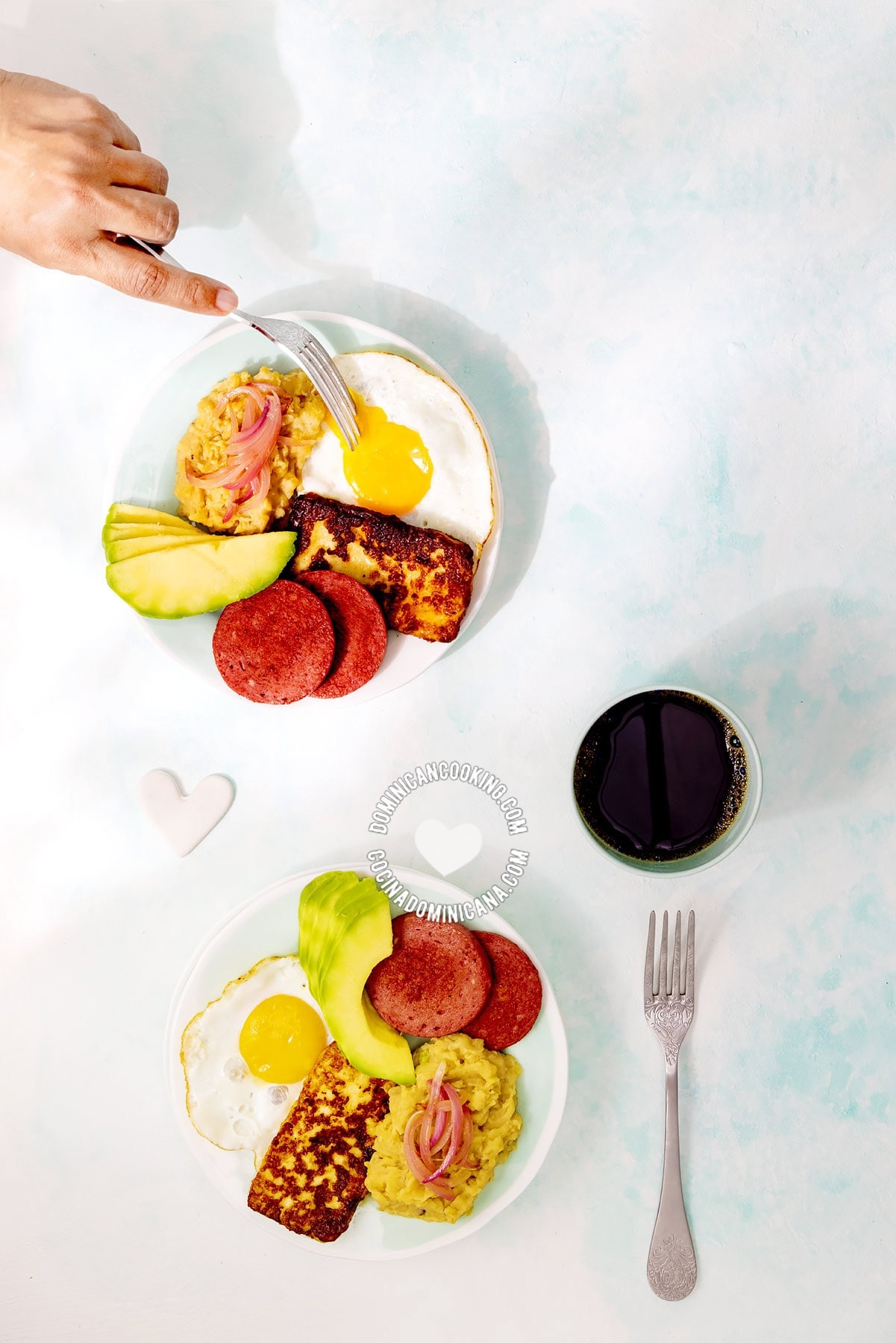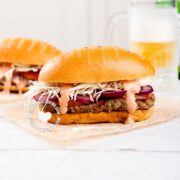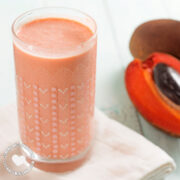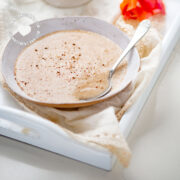Learn about Dominican food history in a well-researched guide to the origins of Dominican cooking and culinary culture with all the information you need to learn more about what makes Dominican dishes ours.
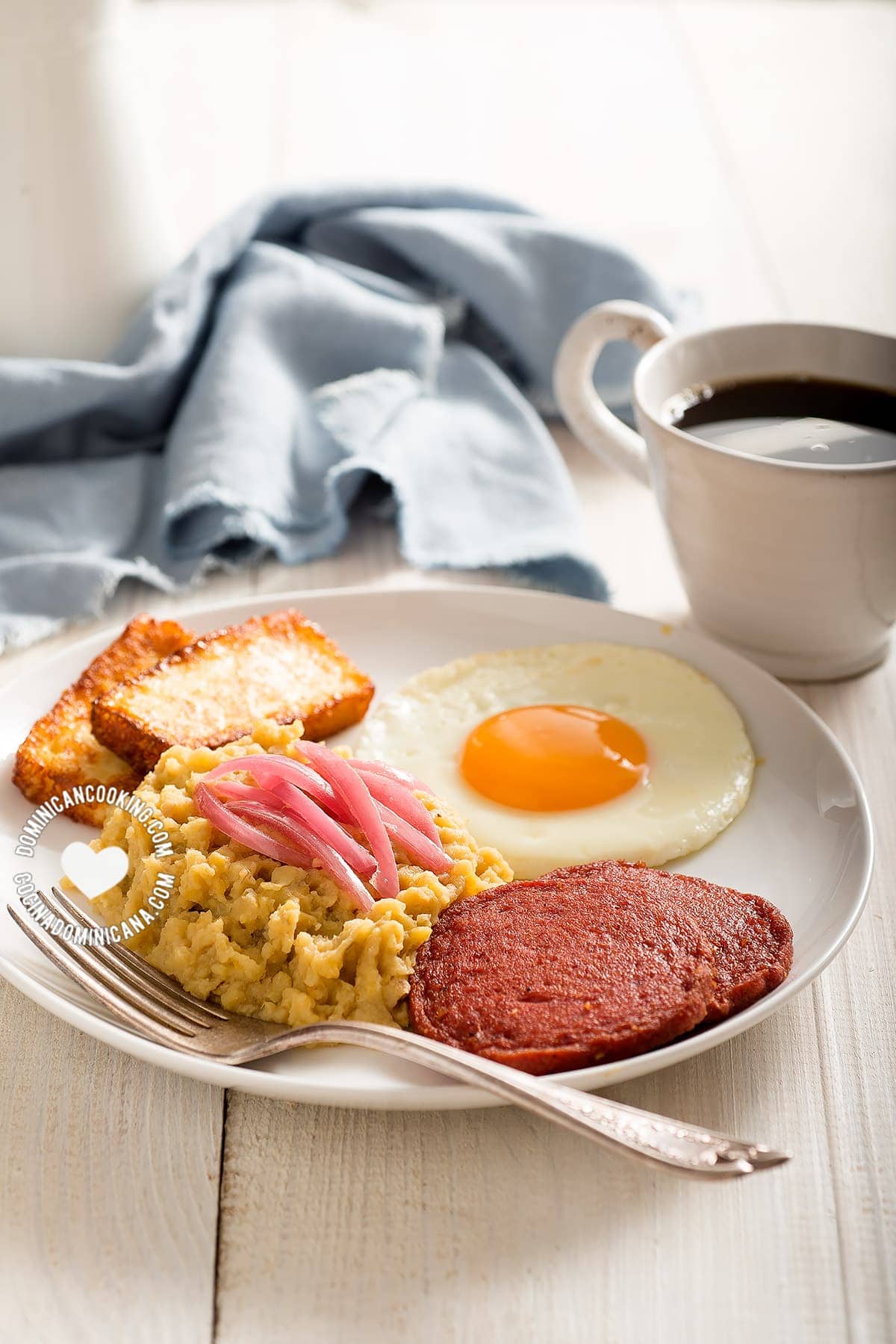
Our blog, besides being a collection of recipes from the Dominican Republic, a source of information about our cuisine, dishes, ingredients, and history, was also conceived as a help for those who want to learn about Dominican culinary culture.
The basics
As in any other part of the world, recipes are passed down from generation to generation in the kitchen of our Grandmas, Aunties, and Moms. Because the recipes are not always written down, we learn how to cook our vernacular dishes by our elders' side, yet we could hardly tell how much of "this" or what proportion of "that" is needed.
Origin and History
Dominican cuisine is the result of the crossroads of many continents and many countries, but we can trace most of our food and tastes to three strong influences:
Tainos
Before the Spaniards arrived on the island of Hispaniola in 1492, the Taino Indians (native Hispaniolans) maintained a diet that reflected the resources found in their natural habitat, as well as their technological limitations.
There were few mammals that could be hunted for food, so the main contribution of the Taínos to our culinary culture came in the form of seafood (lambí being one), vegetables (of which cassava [yuca] is the most popular one), and cooking methods (BBQ, the word and cooking method can be traced back to them).
We are fortunate that many of these dishes and ingredients have survived and today are an important part of the rich Dominican culinary culture.
Spaniards
With the arrival of the Spaniards, many new species of animals, vegetables, fruits, and grains found their way to Hispaniola. The Spaniards also introduced many foods typical of the Mediterranean cuisine and others that had been passed down to the Spaniards during the 700-year Moorish domination of the Iberian peninsula.
To Spaniards, we owe the introduction of every meat animal to the island, as well as dried salted fish (bacalao and arenque) and non-native fruits and plants.
Since the Tainos had a limited repertoire of cooking methods, most known to us came with the Spanish conquistadors.
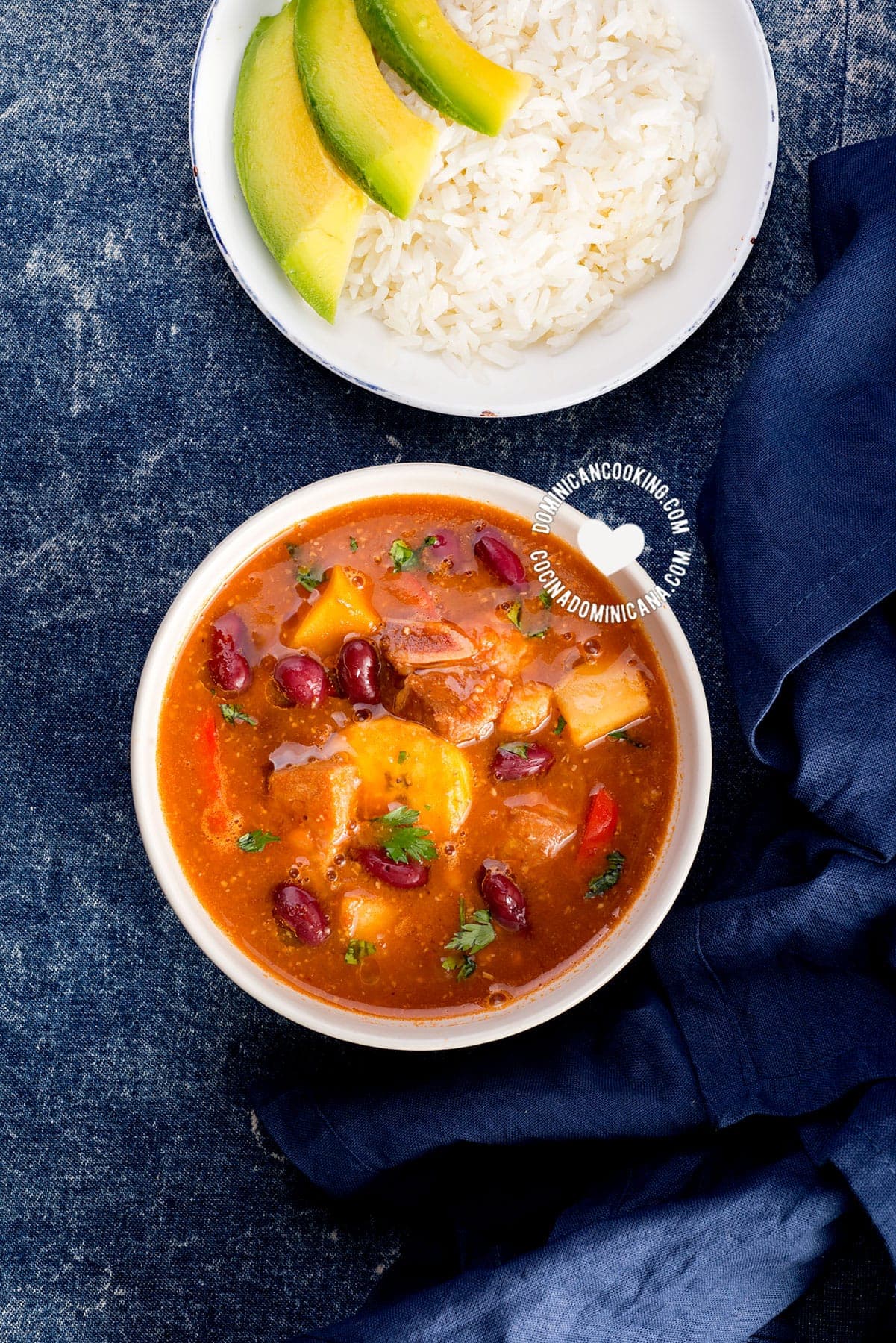
Africans
The arrival of enslaved Africans in 1503 presented yet another new (and important) gastronomical imprint on Hispaniola. It is worth noting that the African influence is very strong in Dominican culture - and the cuisine is no exception.
Enslaved Africans in Hispaniola learned to make the most of what was made available to them. With them came the knowledge of how to use plantains, as well as some of our most cherished stews and fried foods.
Other influences
Other regions and influences have found their way into our kitchens too: From Chinese to British Caribbean, to Middle Eastern, and more. Pasta is a fundamental part of Dominican cooking; spaghetti was once called "the meat of the poor". Exotic ingredients, like salted codfish and salted smoked herrings, are commonly found in our kitchens.
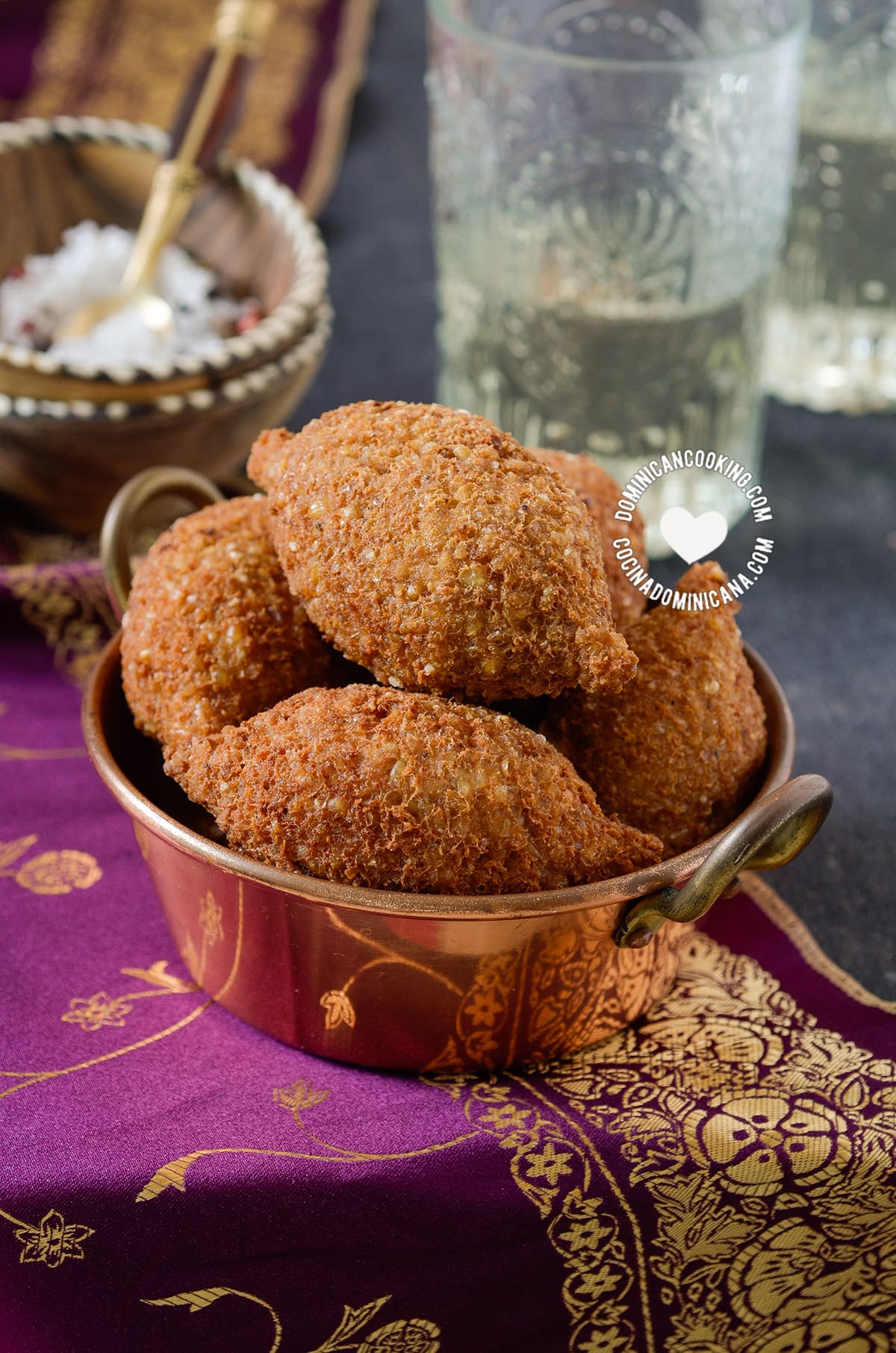
Similarities with other countries
The Dominican fare is very similar to that found in other Latin American countries, especially Cuba and Puerto Rico - the only two other Spanish-speaking countries in the Caribbean. Some of the dishes are almost identical and only the names change.
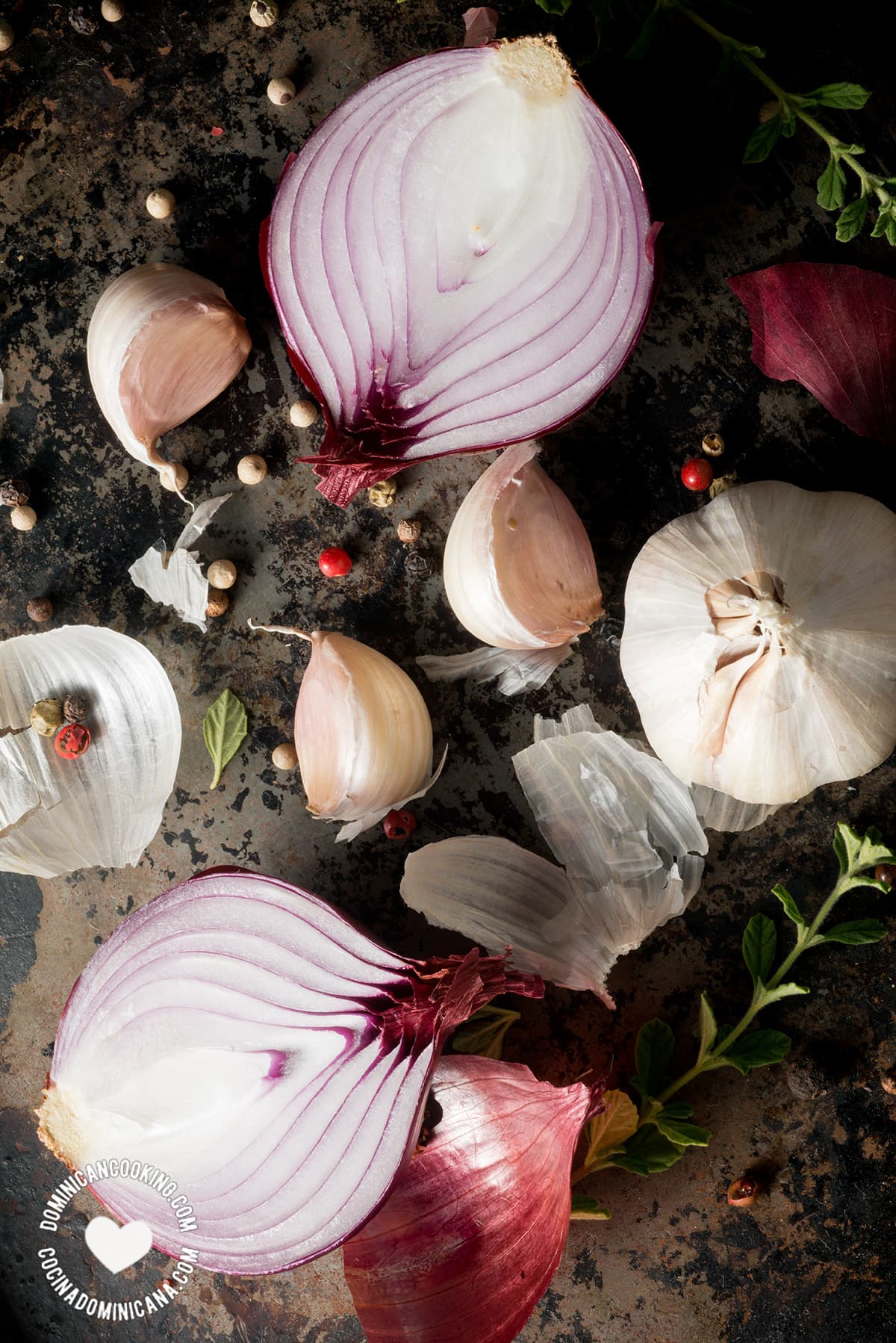
El sazón
Sazón in our country is a word that is used to describe both a home or cook's particular taste in cooking or the actual ingredients that form the base for our cooking
Sazón is a mixture of spices and herbs, sautéed until the flavors are set free. Typically, a sofrito (sauteed sazón) incorporates thyme, salt, mashed garlic, parsley, onion (finely diced), green pepper, coriander/cilantro, tomatoes, tomato paste, and vinegar. Many Dominican dishes are prepared using this mixture. Sometimes, to shorten the preparation time, people blend these ingredients and keep them in the fridge for a "ready-to-use" seasoning.
Sofrito is another word similar to sazón, but it is more popularly used in Puerto Rico to describe their sazón.
Nutrition
For the recipes in our blog, we have tried to maximize the great nutritional advantages of Dominican cuisine.
In most recipes, we did not include a fixed amount of salt. That is because we want you to adjust salt to your own liking. With most ingredients, you should feel free to adjust them to your taste, and we let you know when that is possible.
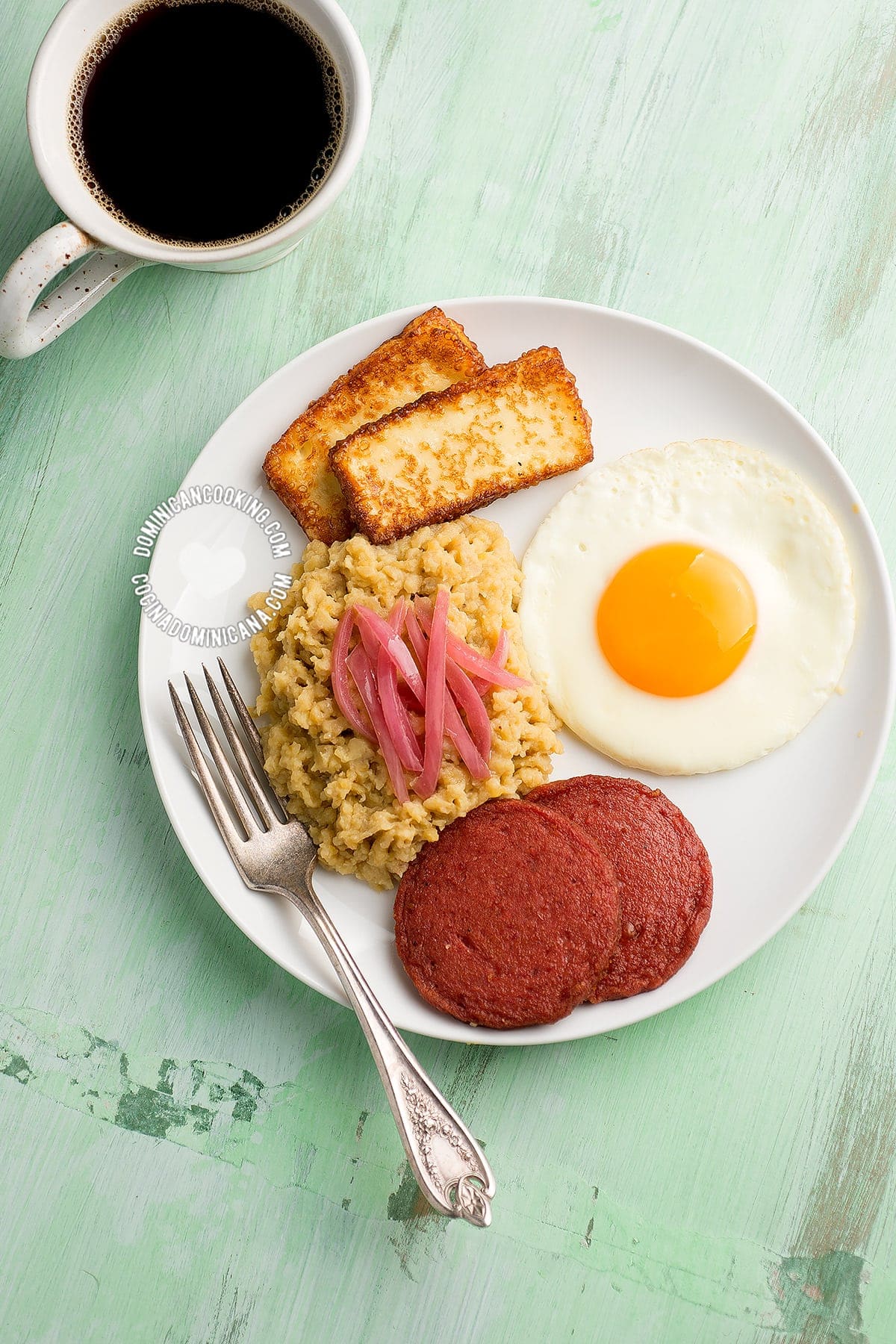
Meals
Dominicans typically have three meals a day. The contents of these meals will depend on family culture, financial situation, and region. While campesinos (people from the agricultural regions) would tend to have heavier breakfasts, city dwellers typically prefer a lighter breakfast for a long day of sitting behind a desk.
Breakfast
Breakfast for Dominicans is usually a light meal; the same dishes prepared for dinner are also prepared for breakfast, especially when one needs a hearty start to the day. A typical Dominican breakfast could consist of mangú accompanied by fried or scrambled eggs and topped with sauteed onions. The best-known Dominican breakfast meal is Los Tres Golpes.
A few pieces of boiled cassava, mashed auyama (pumpkin), or another root vegetable are a good substitute for mangú. This can also be accompanied by a few slices of fried Dominican cheese (its consistency and taste similar to that of Haloumi cheese, but it is made of cow's milk) and maybe some scrambled eggs a la Dominicana. You can also accompany it with a couple of slices of deep-fried salami. A cup of cocoa or a latte is a suitable ending to this breakfast.
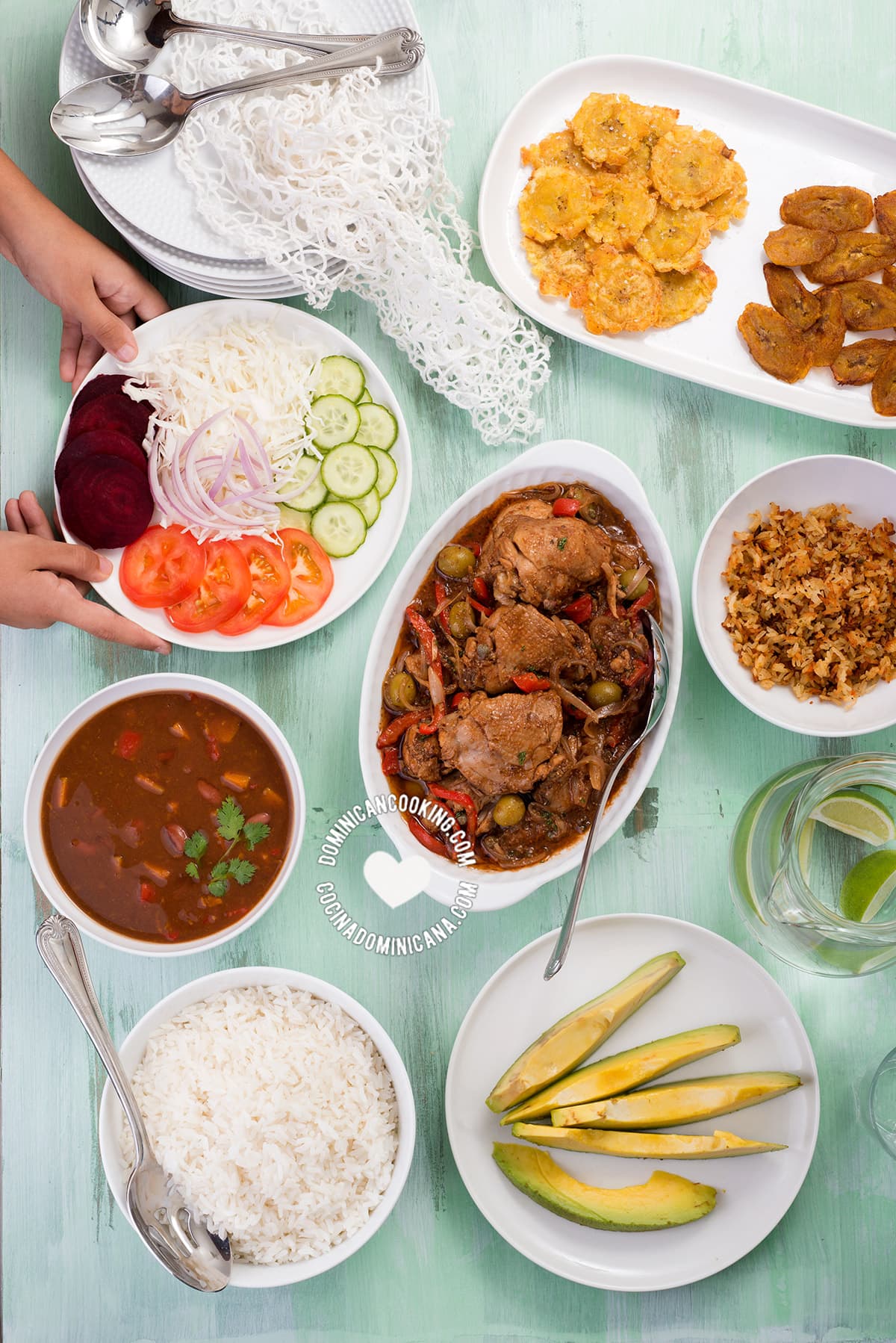
Lunch (la comida)
La comida (lunch) is the most important meal in the Dominican Republic. The family will gather around the table to share La Bandera Dominicana (the Dominican flag), our traditional lunch meal. This consists of a combination of white rice, red beans, meat (chicken, pork, or beef), and salad or a side dish, and when prepared correctly, it becomes a meal that includes all food groups.
The fresh ingredients provide for a meal that is not only delicious but also healthy and nutritious. Accompany your lunch with a glass of ice water and end it with dessert, followed by a cup of coffee (un cafecito).
Dinner
Dinner meals will depend entirely on family customs. Most families would serve something similar to our breakfast, others (especially now with working mom and dads) would have something closer to a lunch meal. Many families prefer something light, like fruit juices and fruit milkshakes, perhaps some of our porridge dishes.
About our recipes
Dominican cuisine is simple and its preparation doesn't require, in most cases, that you do anything in advance. Some of the vernacular techniques are very common for Dominicans, but for the inexperienced cook and the ones being introduced to Dominican cuisine we are giving you a few tips.
Most of our recipes are traditional Dominican Recipes, from the Dominican repertoire, compiled and written by us. The Dominican diet is rich in fresh ingredients and simple food. Some of these dishes, however, are very sophisticated and require planning and preparation. We have tried to make the recipes as easy to understand as possible and suggest substitutions whenever we know an ingredient might be particularly difficult to acquire outside the Dominican Republic.
You will find here authentic Dominican dishes and meals, just like Mami makes them, however, and as we constantly remind our visitors, they may differ from the ones that you have tried in your own home. Remember that each family has its own cooking style and secrets.
We have tried here to keep it as simple as Auntie, Grandma or Mom would. Our recipes give you general instructions, but you must rely on your taste, intuition and common sense to make it a successful experience.
After all, if we say "let simmer for 5 minutes" and at minute 4 it looks like it will start to burn, you should know what to do, right?
Alongside the traditional Dominican fare we have also included recipes of our creation, that may be inspired by the flavors and ingredients of our cuisine. You can see our traditional Dominican recipes here, which you can recognize because we have added the original name in Spanish, followed by the translation into English.
Learn more about Dominican cuisine
- 10 Most popular Dominican recipes in our blog
- Middle Eastern influences in our cuisine (with Kibbeh recipe)
- Chinese influence in our cuisine (with Chofan recipe)
- Influencia Cocola (with Guababerry recipe)
- La Bandera Dominicana (our traditional Lunch meal)
- Los Tres Golpes - Dominican breakfast meal
- Regional cooking in the Dominican Republic
- Articles on our culinary culture

Sources
- Ornes de Perelló, Amanda (1938) Manual de Economía Doméstica. Sto. Dgo: Imp. La Información.
- Patin M., Manuel A. (1940) Dominicanismos. Sto. Dgo: Ed. Montalvo
- Moya Pons, Frank (2006) The Dominican Republic: A National History. (Page 19) Sto. Dgo: First Markus Wiener Publishers.
- Nina, Juan B (2002) El Origen de la Cocina Dominicana. Sto. Dgo: MedyaByte
- The Journal of Gastronomy. California. American Institute of Wine and Food, 1987. Page 47.
- Tolentino Dipp, Hugo (2014) Itinerario Histórico de la Gastronomía Dominicana. Santo Domingo: Amigo del Hogar,
- Jimenez, Ramón Emilio (1927) Al Amor del Bohío: Tradiciones y Costumbres Dominicanas. (Tomo 1. Pag. 21) Santo Domingo: V. Montalvo, Ed.


